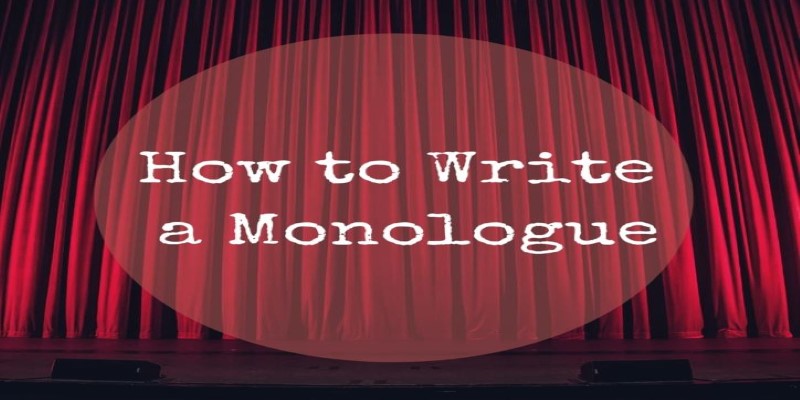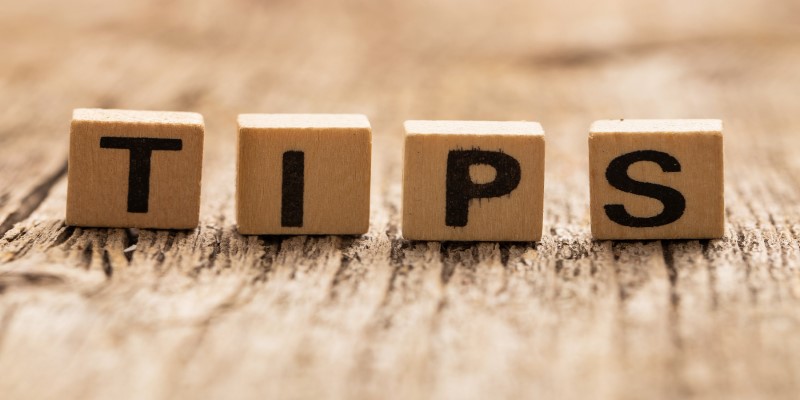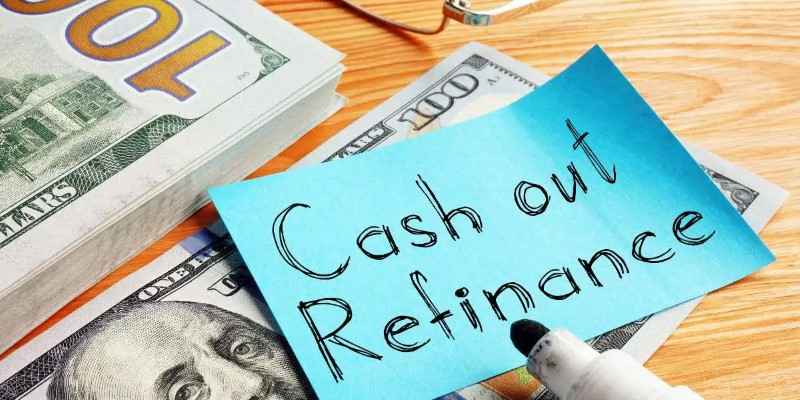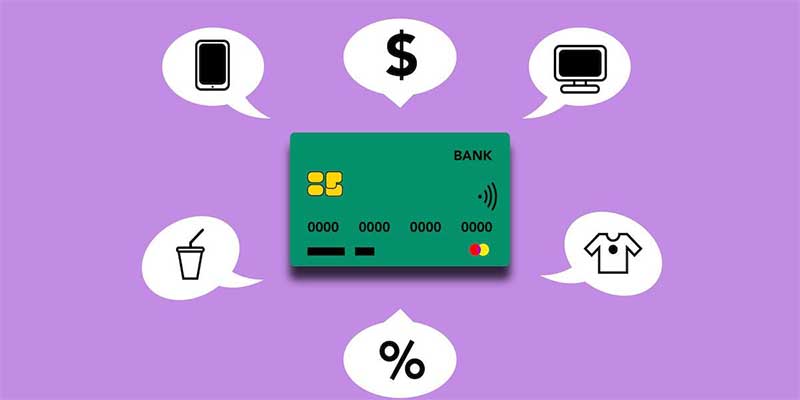Whether it's the maniacal laughter of the Joker or the calculated speeches of Hannibal Lecter, a great villain is often defined by their monologue. Crafting an impactful villain monologue is an art that can elevate your storytelling. In this guide, we'll delve into the intricacies of writing a villain monologue that leaves a lasting impression.
To create a convincing villain monologue, you need to get into the mind of your antagonist. What motivates them? What are their fears and desires? By understanding your villain, you can tailor the monologue to reflect their unique personality.
With a basic understanding of the villain's mindset by your side, let's now explore the step-by-step guide on writing villain monologues!

A compelling villain monologue thrives on the artful creation of tension and conflict. To engage the audience effectively, consider strategically injecting suspense into the speech. Revealing crucial information or dropping subtle hints about the villain's nefarious plans keeps the audience on the edge of their seats, eager to unravel the unfolding narrative.
The careful balance of information and mystery contributes significantly to the monologue's impact, ensuring it becomes a pivotal moment in storytelling.
Crafting authentic dialogue is paramount when developing a villain monologue. Avoiding clichés and generic phrases, the writer must delve into the antagonist's unique voice, language, and mannerisms.
The authenticity of the dialogue adds layers to the character, making the monologue a powerful and memorable expression of the villain's personality. This meticulous attention to detail contributes to the overall depth of the narrative, enhancing the audience's connection to the antagonist.
While villains are traditionally the adversaries in a story, establishing a subtle connection with the audience can amplify the impact of a monologue. Identifying relatable aspects of the villain's motivations or experiences allows the audience to find common ground, even in the darkest corners of the narrative.
This connection fosters empathy or fascination with the antagonist, making them more than a one-dimensional foe. As a result, the monologue becomes a bridge between the audience and the villain, creating a more nuanced and memorable storytelling experience.
The art of foreshadowing is a powerful tool in crafting a villain monologue that resonates. The writer creates anticipation and curiosity among the audience by dropping subtle hints about future events.
This literary device adds complexity to the monologue and keeps the audience intrigued about the unfolding story. Well-executed foreshadowing transforms the monologue into a pivotal moment, propelling the narrative forward and leaving a lasting impression on the audience.
A delicate balance must be struck when determining the length of a villain's monologue. Lengthy speeches risk losing the audience's interest, while overly concise ones may fail to convey essential information. Striking the right balance is crucial—maintaining momentum while delivering impactful content.
A well-crafted, concise monologue ensures that every word contributes to the overall impact, making the speech memorable and effective in advancing the narrative.
Motivating your villain is not merely a narrative necessity but the driving force behind a compelling monologue. Exploring the depths of their motivations allows the writer to tap into the character's core, infusing the speech with authenticity and purpose.
Motivation becomes the backbone of the monologue, propelling the antagonist's words with conviction and creating a speech that resonates with the audience profoundly.
Even the most evil villains have moments of vulnerability. Infusing emotion into a monologue is a storytelling technique that humanizes the antagonist, adding depth and complexity to their character.
These glimpses of vulnerability not only make the villain more relatable but also contribute to the overall richness of the narrative. By exploring the emotional facets of the antagonist, the writer creates a monologue that transcends the traditional boundaries of good and evil.
In the art of villain monologues, silence is a potent tool that should not be underestimated. Strategic pauses can amplify the weight of a situation, allowing the audience to absorb the gravity of the words spoken.
Embracing silence at key moments enhances the impact of the monologue, creating a sense of anticipation and emphasizing the significance of the villain's words. A well-timed pause can transform a monologue into a memorable and impactful scene.
The concluding moments of a villain monologue are pivotal in leaving a lasting impression on the audience. Crafting a memorable closing statement requires careful consideration of the antagonist's essence and the overarching themes of the narrative.
Whether encapsulating the villain's core philosophy or foreshadowing future events, the closing statement serves as the culmination of the monologue, ensuring that the audience is left with a lingering resonance long after the words have been spoken.
As you embark on the journey of crafting captivating villain monologues, consider the following tips to elevate your storytelling:

Character Consistency: Ensure your villain's monologue aligns with their established character traits. Consistency in tone and language reinforces the authenticity of the speech.
Subtextual Layers: Infuse subtext into the monologue, allowing for layers of meaning beneath the surface. Subtle nuances and hidden agendas add complexity to the villain's words.
Audience Impact: Keep your audience in mind. Craft the monologue to resonate with them emotionally, whether through fear, empathy, or sheer fascination with the antagonist.
Timing is Everything: Strategically place the monologue at a crucial juncture in the narrative. Timing enhances its impact, ensuring it becomes a pivotal moment in the story's progression.
Avoid Monologue Clichés: Steer clear of clichéd villain monologue tropes. Instead, explore fresh perspectives and unique expressions that defy expectations, keeping your audience engaged.
Writing a villain monologue requires a delicate balance of understanding your character, setting the right atmosphere, and weaving a speech that resonates. Embrace the challenge of creating a memorable villain monologue, and watch as your readers are captivated by the dark charisma of your antagonist. Craft your monologue with care, and let your villain's words echo in the minds of your audience.

By Vicky Louisa/May 22, 2025

By Frederica/Dec 02, 2024

By Peter Evans/Apr 06, 2024

By Frederica/Dec 02, 2024

By Eleanor/Oct 17, 2024

By Lucy Lee/Mar 16, 2024

By Amelia Martin/Nov 13, 2024

By Frederica/Apr 20, 2024

By Verna Wesley/Mar 17, 2025

By Triston Martin/Feb 14, 2024

By Lucy Lee/Apr 28, 2024

By Triston Martin/Feb 28, 2024